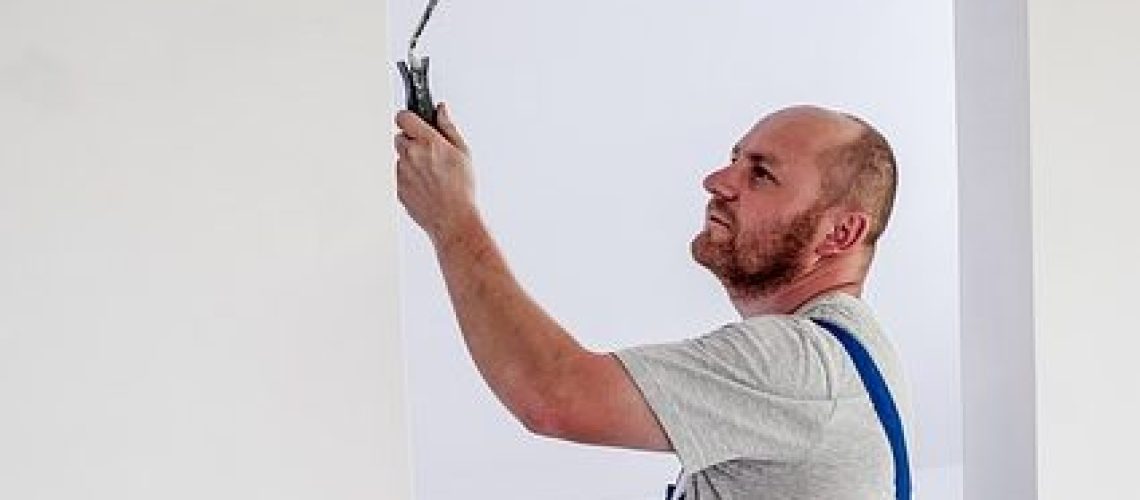There is no denying that a peeling paint is a source of embarrassment for many homeowners. Apart from being an eyesore, it makes the house look untidy and dated. Hence, you need to fix walls with paint coming off if you do not want guests to think your house isn’t well maintained. Furthermore, if you are planning to sell your property, you cannot afford to have walls with peeling paint. These can deter would-be buyers or negatively affect your selling price.
Below are some tips on how to fix peeling paint on walls. But before proceeding, it is important to note that peeling paint is not just defined as strips of paint coming off. It also includes patterned cracks like alligatoring and spider cracks, holes and blisters on walls.
Peeling happens when the coat of paint doesn’t adhere to the surface. The top cause of this problem is failure to properly prep the surface prior to painting. This can include painting without thoroughly cleaning the wall and not scraping old paint before applying a new one.
Another common cause is moisture – this is the usual culprit for flaking paint in bathrooms, exterior walls and ceilings. When water seeps through the wall, it can make the paint separate from the surface.
Tips on Fixing Peeling Paint on Walls
The first step in repairing flaking wall paint is to identify the source of the problem. There is no point repainting your walls if you still have a busted pipe or a leaking roof. In a few weeks or months, your newly painted walls are going to peel again. So, ensure that you fix the cause of the problem first before applying a new coat of paint.
Next, you need to know if the paint used on your wall is lead-based. If it is not a lead safe paint, then it’s best if you let professional house painters fix the peeling paint. Lead-based paints pose health hazards. Handling them requires safety equipment and professional house painters have them. Remember, if you do this task without protective gears, you are endangering your health. Moreover, even if the paint is not lead-based, it still highly recommended that you use protection like masks and goggles to prevent paint from getting into your lungs and eyes.
For the actual work, you start off by placing a drop cloth or a plastic tarp on the floor directly below the surface you are going to work on. Next, you properly prepare the wall you are fixing. Using a paint scraper and wire brush, scrape away all the loose paint you see. If you see any holes or cracks, you need to repair them. Apply caulk or a patching compound and wait for it to completely dry before proceeding to the next step.
The surface you are working on needs to be sanded to smoothen it and ensure that it is even with the surrounding areas. Once you are done, wipe off dust and remove dirt with a tack cloth or damp sponge. Then, wipe the surface again with a dry cloth. Make sure that you extensively clean the area to be painted on. As mentioned earlier, painting on a dirty wall can lead to flaking later on.
After cleaning, you can apply your primer. Never skip this step! A primer is necessary to protect the wall from moisture, thereby preventing paint from peeling. Once you are done covering the surface with primer, observe the recommended drying time before applying the first coat of paint. Again, let the paint dry according to the manufacturer’s instructions. If you think a second coat is necessary, paint the surface again and let it dry.
Want to know more about how to fix peeling paint on walls? Our professional painters can talk to you and help you with flaking or chipped paint. Call us at 086 608 1817 / 085 139 0233.
